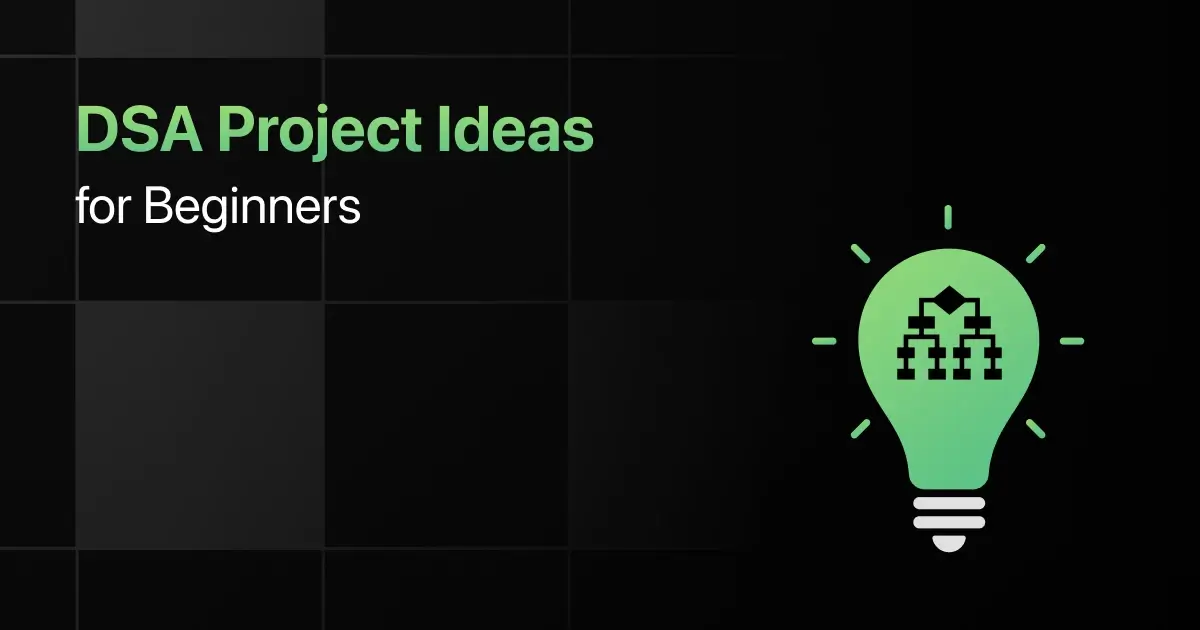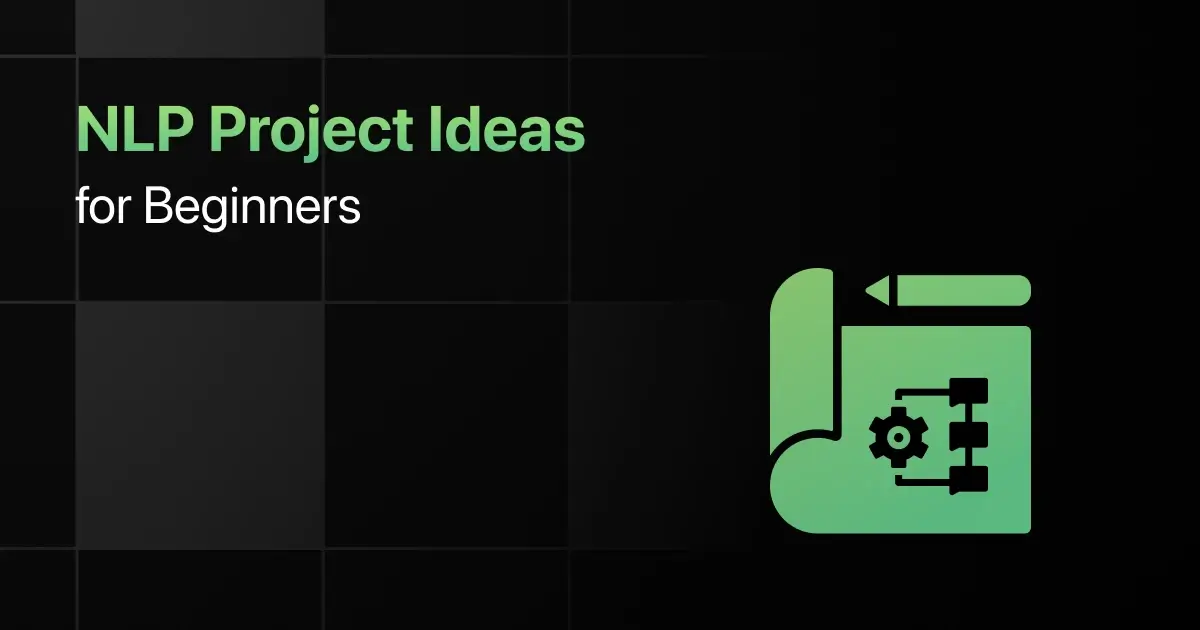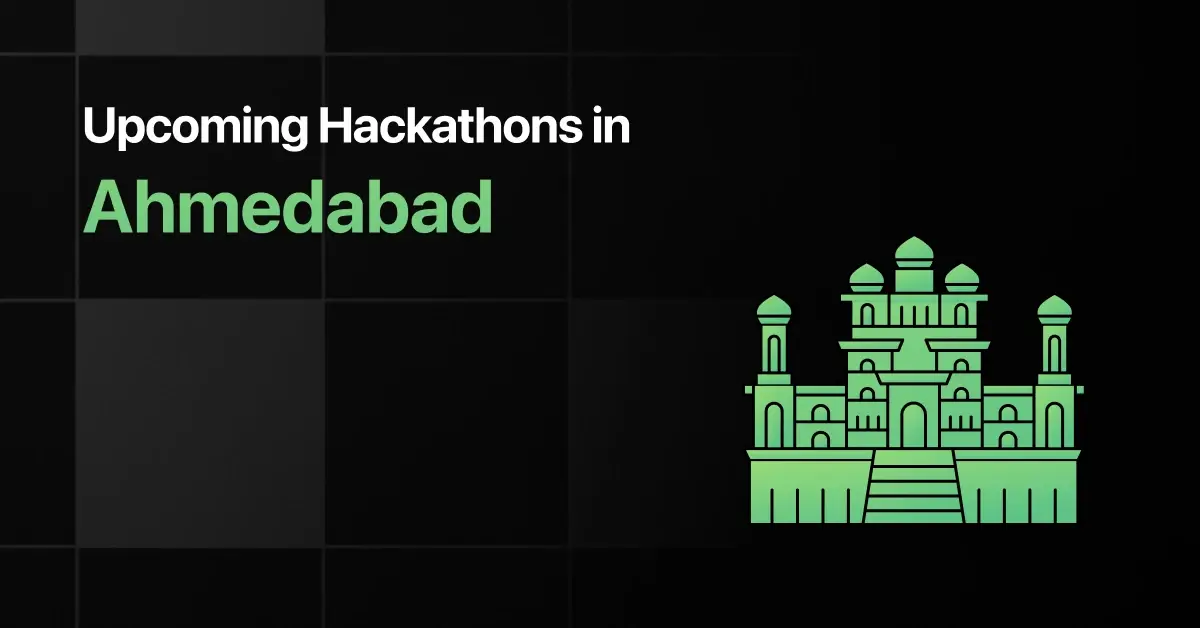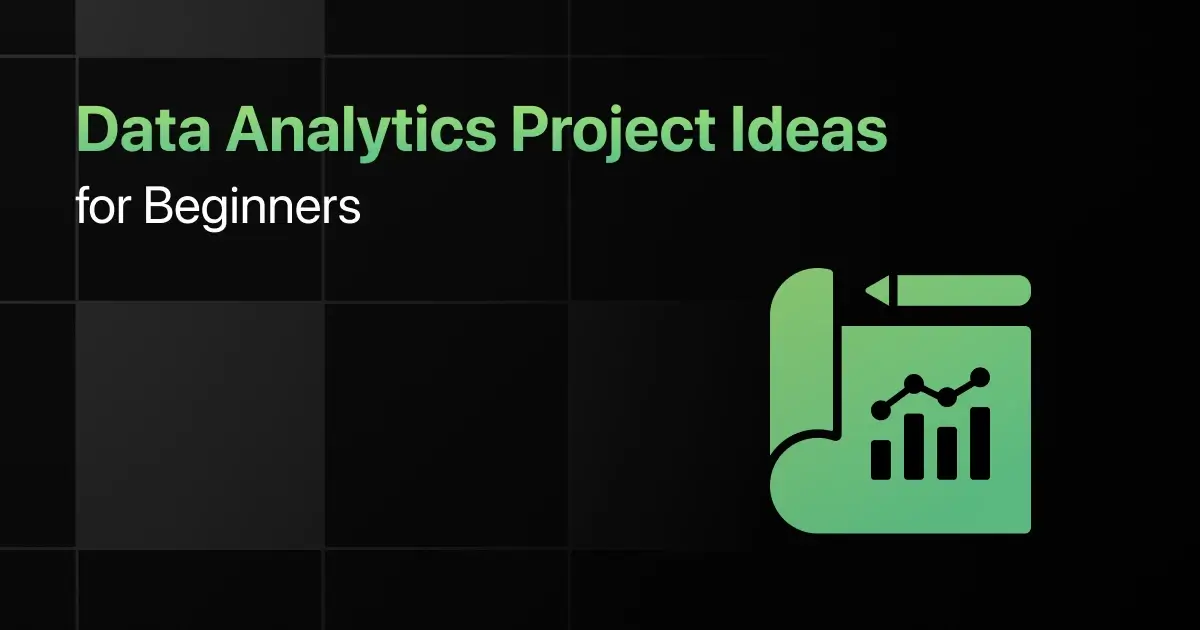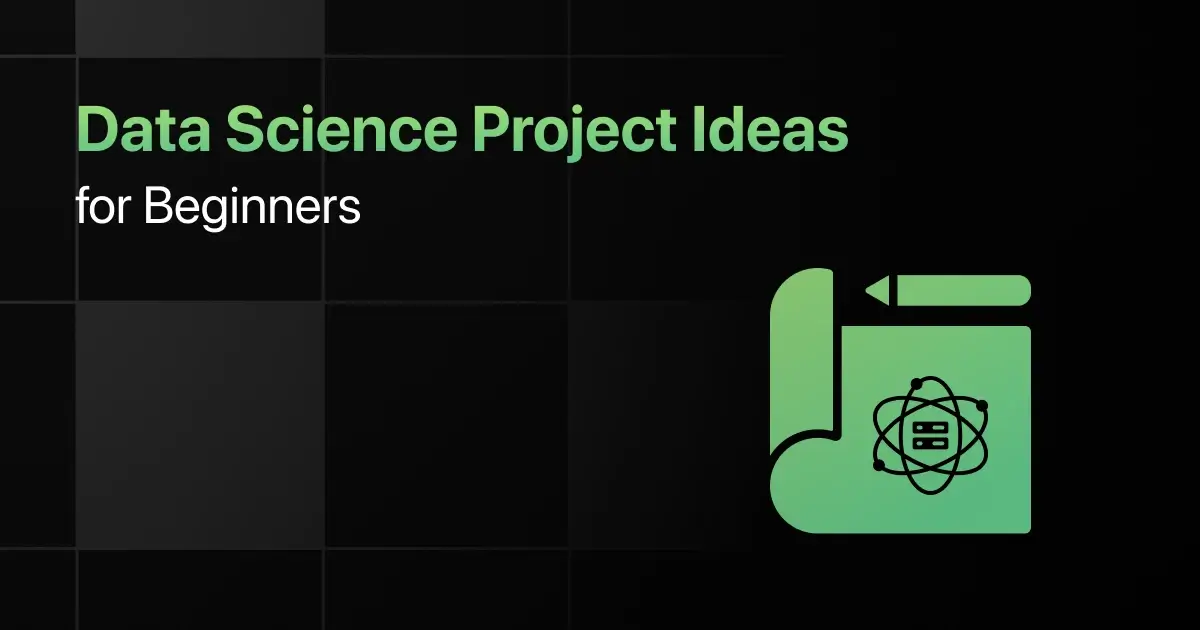Are you willing to master Data Structures and Algorithms (DSA) but wondering where to start? Have you been searching for DSA projects for beginners that improve your understanding and come with source code?
Starting with practical projects makes your learning journey interesting and effective. Let’s explore some of the simple DSA projects designed for beginners with source code to kickstart your journey.
10 Beginner-Friendly DSA Project Ideas – Overview
Here’s an overview of the 10 best data structures and algorithms projects for beginners:
| S.No. | Project Title | Complexity | Estimated Time | Source Code |
|---|---|---|---|---|
| 1 | Snake Game | Easy | 10 hours | View Code |
| 2 | Sorting Visualizer | Medium | 10 hours | View Code |
| 3 | Maze Solver | Medium | 10 hours | View Code |
| 4 | Linked List Implementation | Easy | 10 hours | View Code |
| 5 | Binary Tree Construction | Medium | 12 hours | View Code |
| 6 | Graph Algorithms Implementation | Medium | 15 hours | View Code |
| 7 | Sudoku | Medium | 18 hours | View Code |
| 8 | Travel Planner Using Graphs | Medium | 20 hours | View Code |
| 9 | Cash Flow Minimizer | Medium | 20 hours | View Code |
| 10 | File Zipper Project | Medium | 20 hours | View Code |
Top 10 Data Structures and Algorithms Projects for Beginners
Below are the top 10 data structures and algorithms projects for beginners:
1. Snake Game
The Snake Game project involves creating a simple game where a player controls a snake to eat items and grow in length. Through this project, you will learn about array manipulation and the use of simple algorithms to handle game logic.
Duration: 10 hours
Project Complexity: Easy
Learning Outcome: Understanding of array manipulation and game algorithms
Portfolio Worthiness: Yes
Required Pre-requisites:
- Basic programming knowledge
- Understanding of arrays and loops
- Basic familiarity with a programming language (e.g., Python, JavaScript)
Resources Required:
- Code editor (e.g., VS Code)
- Programming language environment (Python, JavaScript)
Real-World Application:
- Introduction to game development basics
- Understanding of real-time data handling
2. Sorting Visualizer
This project is about developing a tool that visually demonstrates how different sorting algorithms (like QuickSort, MergeSort, and BubbleSort) work. From this project, you’ll deepen your understanding of sorting algorithms and their efficiencies in DSA.
Duration: 1o hours
Project Complexity: Medium
Learning Outcome: Understanding of sorting algorithms and visualization techniques
Portfolio Worthiness: Yes
Required Pre-requisites:
- Basic programming skills
- Fundamental understanding of sorting algorithms
- Basics of graphical user interface (GUI) Programming
Resources Required:
- Code editor (e.g., Visual Studio Code)
- Graphics library (e.g., p5.js for JavaScript)
Real-World Application:
- Educational tools for teaching DSA concepts
- Data analysis and research
3. Maze Solver
This project involves creating an algorithm that can find a path through a maze from a starting point to an endpoint. You’ll learn about graph traversal algorithms like Depth-First Search (DFS) or Breadth-First Search (BFS) in DSA from this project.
Duration: 10 hours
Project Complexity: Medium
Learning Outcome: Understanding of graph traversal algorithms
Portfolio Worthiness: Yes
Required Pre-requisites:
- Basic understanding of graphs in DSA
- Proficiency in a programming language
- Knowledge of recursion or queue/stack data structures
Resources Required:
- Code editor (e.g., Visual Studio Code)
- Graphical library for visualizing the maze (optional)
Real-World Application:
- Pathfinding algorithms for GPS and mapping services
- Puzzle and game development
4. Linked List Implementation
This project focuses on implementing a custom Linked List data structure from scratch. It offers hands-on experience with understanding and manipulating node-based data structures in DSA.
Duration: 10 hours
Project Complexity: Easy
Learning Outcome: Understanding of linked lists and node manipulation
Portfolio Worthiness: Yes
Required Pre-requisites:
- Basic programming knowledge
- Understanding of classes and objects
- Familiarity with basic data structures
Resources Required:
- Code editor (e.g., Visual Studio Code)
Real-World Application:
- Foundation for more complex data structures
- Basis for algorithms requiring dynamic data management
5. Binary Tree Construction
This project is about developing a binary tree from scratch, including inserting, deleting, and searching for elements. You’ll gain insight into tree data structures and recursive programming through this project.
Duration: 12 hours
Project Complexity: Medium
Learning Outcome: Understanding of binary trees and recursive algorithms
Portfolio Worthiness: Yes
Required Pre-requisites:
- Basic understanding of recursion
- Knowledge of object-oriented programming
- Familiarity with basic data structure concepts
Resources Required:
- Code editor (e.g., Visual Studio Code)
Real-World Application:
- Database indexing
- Hierarchical data representation
6. Graph Algorithms Implementation
This project entails creating and executing key graph algorithms, such as Dijkstra’s shortest path, Kruskal’s minimum spanning tree, and graph traversal (DFS and BFS). Through this project, you’ll delve into complex data structures and algorithms, enhancing your problem-solving and algorithmic thinking skills in DSA.
Duration: 15 hours
Project Complexity: Medium
Learning Outcome: Understanding of graph theory and algorithms
Portfolio Worthiness: Yes
Required Pre-requisites:
- Strong understanding of graphs and their representations
- Proficiency in a programming language
- Familiarity with advanced algorithmic concepts
Resources Required:
- Code editor (e.g., Visual Studio Code)
- Optional: Graph visualization library for better understanding and presentation
Real-World Application:
- Network routing and analysis
- Social network analysis
7. Sudoku
This project involves creating a program that can solve Sudoku puzzles using backtracking, a technique to find the solution by systematically exploring all possible candidates. It offers an excellent opportunity to understand recursion and backtracking algorithms in DSA.
Duration: 18 hours
Project Complexity: Medium
Learning Outcome: Understanding of recursion and backtracking
Portfolio Worthiness: Yes
Required Pre-requisites:
- Basic programming knowledge
- Understanding of recursion
- Familiarity with matrices or 2D arrays
Resources Required:
- Code editor (e.g., Visual Studio Code)
Real-World Application:
- Puzzle-solving
- Algorithmic problem-solving in various domains
